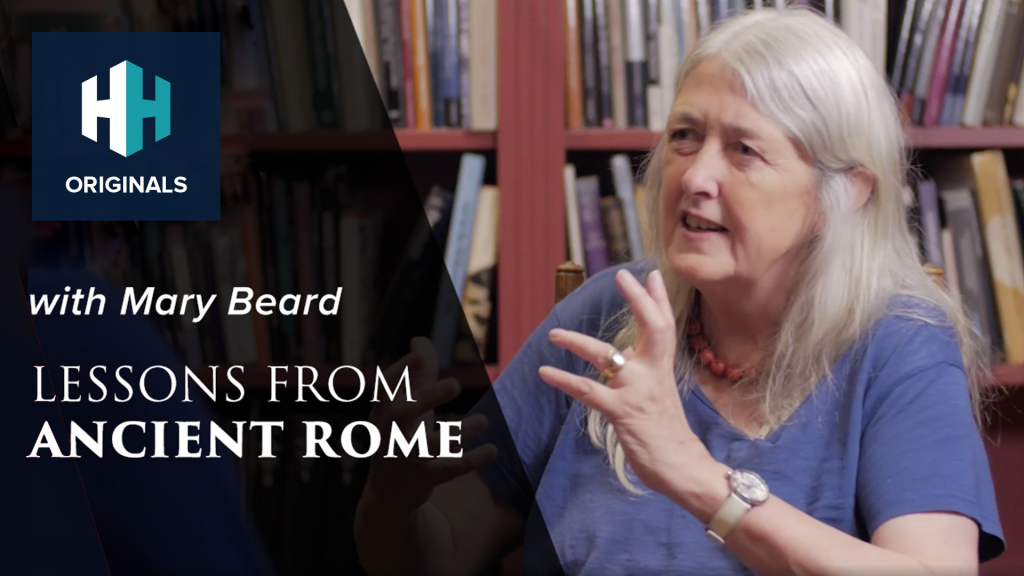
This article is an edited transcript of The Roman Baths with Stephen Clews on Dan Snow’s History Hit, first broadcast 19 June 2017. You can listen to the full episode below or to the full podcast for free on Acast.
There are lots of hot springs in Europe. This is the only one, of course, in Britain. And so, they do occur elsewhere. Of course, where they do occur, it’s not just hot and free, it’s also something for which the Romans didn’t really have a proper natural explanation.
Why does hot water come out of the ground? Why should it? They weren’t quite sure of the answer, so, therefore, it must have been the work of the gods. And so where you find these hot spring sites, you also find that things like temples and places of worship develop.
The springs are overseen by deities and so people come there, to these sacred places, sometimes seeking divine intervention to help them with a problem they might have. If they are ill, they might seek a cure.
A sacred space
The way the Romans managed the spring was that when the baths were first built and the temple next to it was first built, the spring was tanked. They drove in oak piles into the mud and built an irregular chamber around it so that the top of the water was at their ground level.
 Watch Now
Watch Now
They might have had a couple of braziers burning away and then you would have looked and seen these statues seeming to rise up and perhaps even walk across the water. A very sacred space. And then in the 12th century, the spring itself was turned into a curative bath by the local monastery.
Sulis Minerva
The holiest object in the Roman Baths is the head of the cult statue of the goddess Sulis Minerva. It’s guild bronze. And it is just the head, there is no body. This was found in 1727 in the main street quite close to the Roman Baths. A sewer was being built and at one point somebody hit something with a shovel, and it was this head.

The head of the cult statue of Sulis Minerva, found just beneath the Roman Baths.
It has got various bumps and dents and some corrosion as well, but it’s actually got six layers of gold. The first two of those layers are applied by dissolving gold in mercury, immersing this in that solution, and then burning off the mercury. So that’s how those first initial two coats were applied.
Then when you look at the right eye, there’s a great big dent. When you get to the right angle and look, if you had a hammer, you could put the hammer to it. Then you would see that those dents just above and just below the eye socket are exactly what you would get from whacking it with a hammer.
For some reason, this sculpture has lost its body and there’s other damage too, there are cut marks on it. So, someone’s been having a go at the statue in quite a brutal way.
In 391 AD, the Emperor Theodosius ordered the closure of pagan temples throughout the empire; Christians were dominant. So if you’re looking for candidates to do this to a Pagan idol, you may need to look no further than the Romans themselves. It could be the local Christian community doing this.

Theodosius I, Roman Emperor (379 – 395). Portrait by Johann Konrad Friederich (1789-1858).
Pilgrimage and worship
In another section of the museum, there are lots of small alters with engravings on them. They are Latin inscriptions, and at first they seem terribly obscure; but when you translate them, they actually come to life, and each one has its own story to tell.
There’s one from a gentleman called Peregrinas. We are told he comes from near Trier in modern Germany. And he set up an altar here to Loucetius Mars and Nemetona.
You could be forgiven if you haven’t heard of those two deities, but if you went to Trier, you’ll find that there is a temple there dedicated to these same two deities. They are German gods.
And so this man has come from Trier, come to Bath, and set up an altar to the gods back home. So, why is he doing this? His name Peregrinus means the wanderer, think of the peregrine falcon. If you’re usually listening in Spanish, Peregrinus would refer to a pilgrim, so someone on a religious journey, in that case.
 Watch Now
Watch Now














